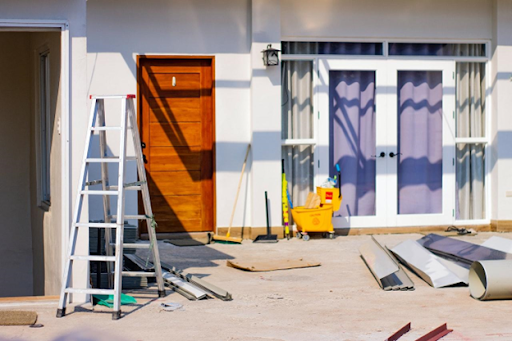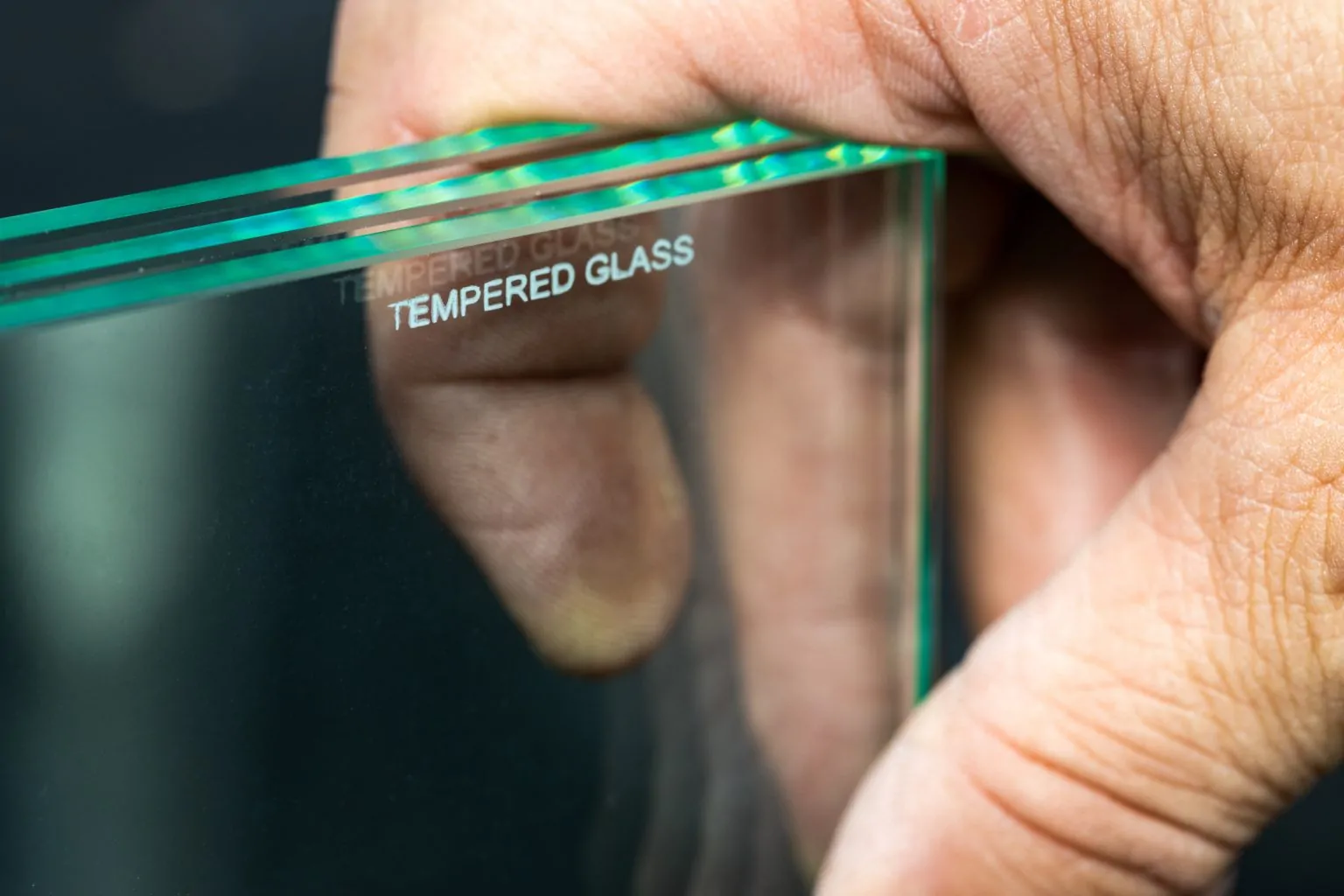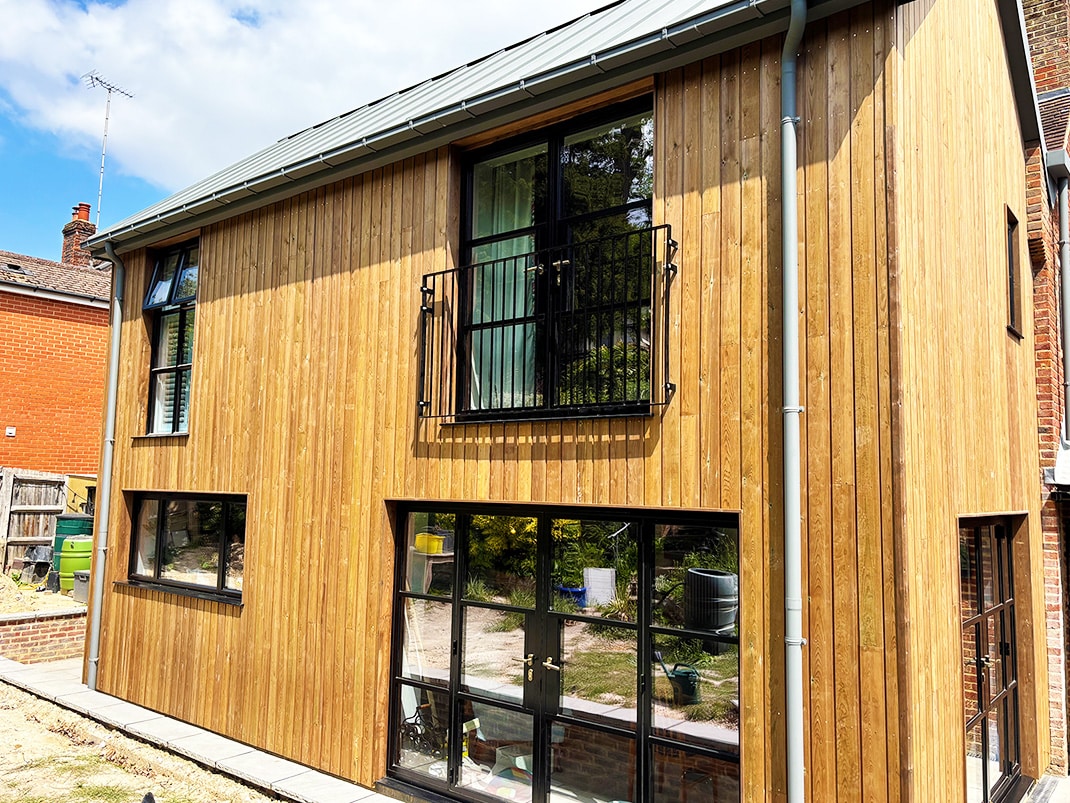Decking is an essential part of outdoor living. With the right materials and design, your deck can withstand extreme weather conditions and serve as a comfortable space for relaxation and entertainment. The choice of decking materials and designs significantly influences the deck’s durability and maintenance needs. This article will delve into the various materials and designs suitable for all-season decking.
Table of Contents
Types of Wood for Decking
Wooden decks add a warm and natural aesthetic to any outdoor space. However, not all woods are created equal. The type of wood you choose for your deck can significantly impact its durability, maintenance needs, and overall appearance. Here are some of the most common types of wood used for decking:
Cedar
Cedar is a popular choice for decking due to its natural beauty and durability. It has a rich, reddish-brown colour and a straight grain that makes it visually appealing.
Advantages of Cedar
Cedar is naturally resistant to rot, decay, and insect attacks, which makes it a durable choice for outdoor decking. It also has a unique, aromatic scent that many people find appealing.
Maintenance of Cedar
While cedar is relatively low-maintenance compared to other types of wood, it still requires some care to maintain its appearance. Regular cleaning and application of a protective sealant can help prevent the wood from turning grey due to UV exposure.
Pressure-Treated Pine
Pressure-treated pine is another common choice for decking. It’s treated with chemicals to resist rot, decay, and insect damage.
Advantages of Pressure-Treated Pine
Pressure-treated pine is one of the most affordable options for decking. It’s also widely available, making it a convenient choice for many homeowners.
Maintenance of Pressure-Treated Pine
Pressure-treated pine requires regular maintenance to prevent splitting and warping. This includes annual cleaning and the application of a water-repellent finish.
Redwood
Redwood is a premium decking material known for its striking appearance and durability.
Advantages of Redwood
Redwood has a vibrant, reddish color that many homeowners find attractive. It’s also naturally resistant to rot and insects, making it a durable choice for decking.
Maintenance of Redwood
Redwood requires regular maintenance to maintain its colour and prevent splitting. This includes cleaning and application of a protective finish every couple of years.
Tropical Hardwoods
Tropical hardwoods, such as IPE, teak, and mahogany, are prized for their extreme durability and rich colors.
Advantages of Tropical Hardwoods
Tropical hardwoods are incredibly dense, making them highly resistant to rot, decay, and insect damage. They also have a high oil content that gives them a natural sheen and helps repel water.
Maintenance of Tropical Hardwoods
Due to their density, tropical hardwoods can be challenging to work with and require specific tools. They also need regular oiling to maintain their color and prevent drying out.
Composite Wood
Composite wood decking is a modern alternative to traditional wood decking. It’s made from a blend of wood fibers and plastic.
Advantages of Composite Wood
Composite wood is highly durable and resistant to rot, decay, and insect damage. It’s also available in a variety of colors and styles that can mimic the appearance of natural wood.
Maintenance of Composite Wood
Composite wood is low-maintenance compared to natural wood. It doesn’t require staining or sealing, and it’s easy to clean with soap and water.
Each type of wood has its own unique characteristics and maintenance needs. When choosing a wood for your deck, consider factors such as your local climate, your budget, and the amount of time you’re willing to spend on maintenance.
Decking Designs
The design of your deck should complement the architectural style of your home and the surrounding landscape. It should also consider the specific weather conditions in your area.
Designing for Your Climate
In extreme climates, the choice of decking material is crucial. For instance, in regions with high heat, composite decking with heat-resistant properties is ideal. In colder climates, decking materials that can withstand frost and snow, like cellular PVC, are recommended.
Aesthetic Considerations
The design of your deck should also consider aesthetic appeal. Choose a design that complements your home’s architectural style and enhances your outdoor space.
Stain and Scratch Resistance
Decking materials vary in their resistance to stains and scratches. While natural wood is prone to both, composite wood and cellular PVC offer superior resistance. However, certain substances, like mustard and sunscreen, can leave stains on these materials.
Dealing with Stains
Certain foods and substances can stain your deck. It’s essential to clean up spills as soon as they occur to prevent staining. For stubborn stains, a deck cleaner may be necessary.
Preventing and Repairing Scratches
Moving furniture and everyday use can lead to scratches on your deck. Choose a decking material with high scratch resistance to prevent damage. If scratches occur, some materials, like Azek, can be repaired with heat.
Maintenance
Regular maintenance is essential to keep your deck looking its best and to prolong its lifespan. This includes regular cleaning, oiling for hardwoods, and stain or sealant application for natural wood.
Cleaning and Sealing
Regular cleaning can prevent the build-up of dirt and grime. Sealing or staining can protect the wood from moisture and UV damage.
Oiling Hardwoods
Hardwoods like IPE require regular oiling to maintain their color and prevent drying out.
Impact of Chemicals
Certain chemicals, like those found in bug sprays and sunscreens, can damage your deck. It’s recommended to apply these products away from the deck to prevent potential staining and damage.
Bug Sprays
Bug sprays can leave a residue on your deck that can cause discoloration. It’s best to apply bug spray away from your deck to prevent potential damage.
Sunscreens
Sunscreens can also stain your deck. Like bug sprays, they should be applied away from the deck. If sunscreen does get on your deck, clean it up as soon as possible to prevent staining.
Conclusion
Choosing the right decking material and design for all seasons involves considering the local climate, the level of maintenance you’re willing to commit to, and the aesthetic you want to achieve. With careful planning and consideration, you can create a deck that not only withstands extreme weather but also enhances the beauty and functionality of your outdoor space.
Remember, while the initial cost may be a significant factor in your decision, the longevity and maintenance needs of the material should also be considered. After all, a deck is an investment that should stand the test of time.





